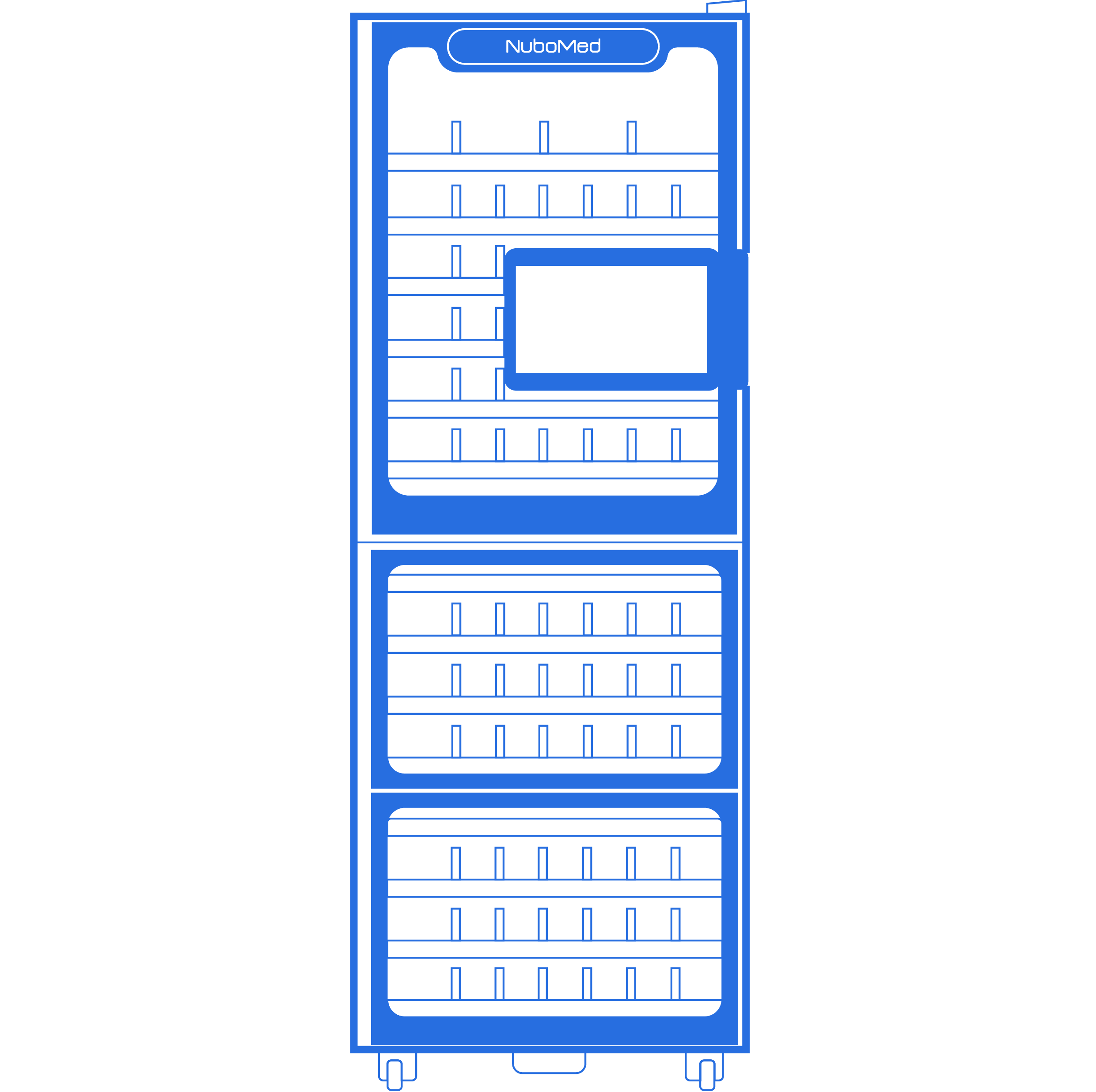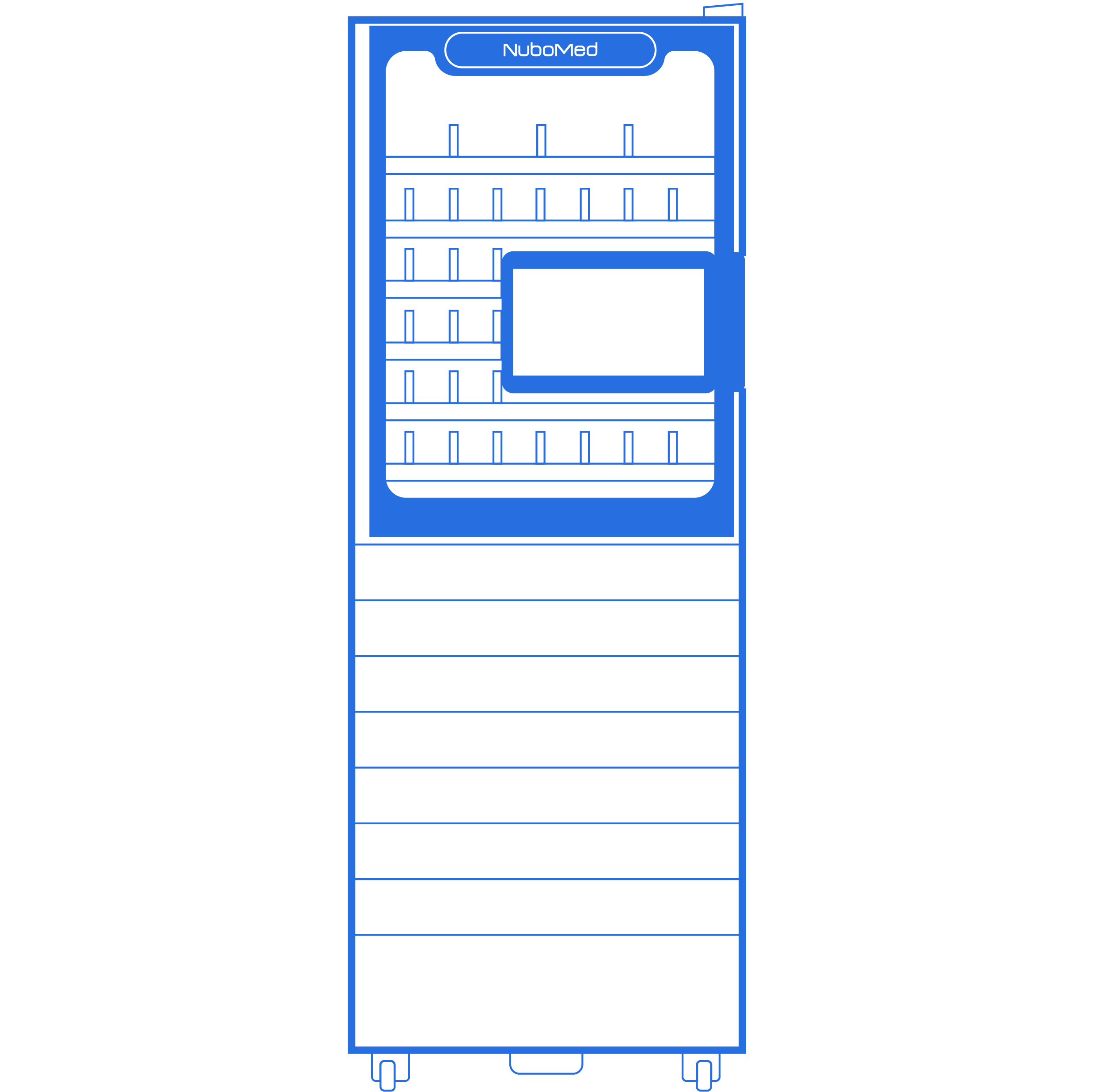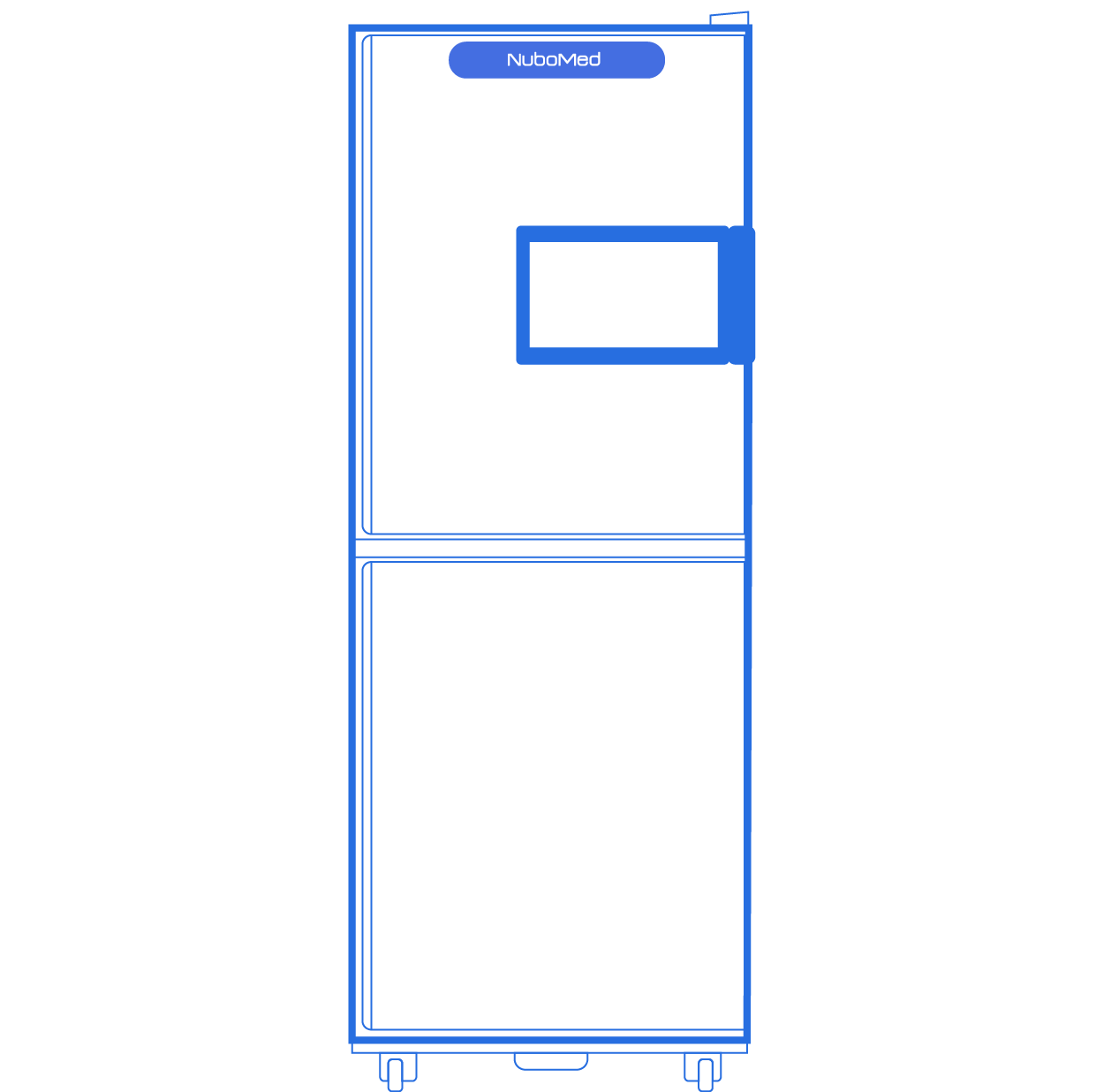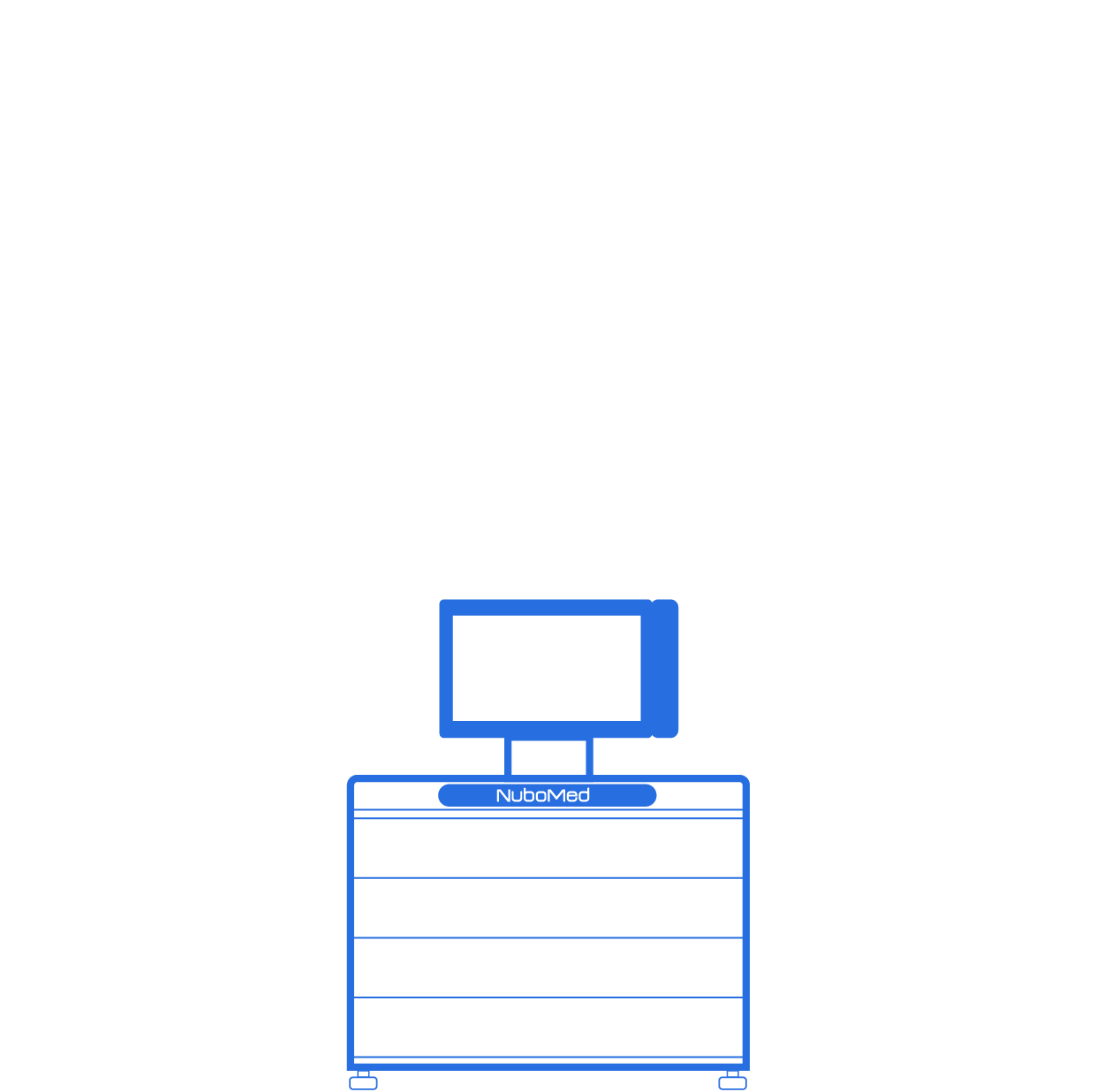- NuboMed
- Smart Hospital
- Overview
- Pharmacy
- Inpatient Ward
- Operating Room
- Products
- Intelligent Closed-loop Medication Management System
 Medication Management Cabinet
Medication Management Cabinet Medication Management Cabinet -Shelf
Medication Management Cabinet -Shelf Medication Management Cabinet-Glass Door
Medication Management Cabinet-Glass Door Medication Management Cabinet - Refrigerator
Medication Management Cabinet - Refrigerator Controlled Substance Management Cabinet
Controlled Substance Management Cabinet Medication Management Cabinet - Composite
Medication Management Cabinet - Composite Medication Management Cabinet - Safe
Medication Management Cabinet - Safe Countertop Medication Management Cabinet
Countertop Medication Management Cabinet
- Intelligent Closed-loop Medical Supply Management System
 Medical Supply Management Cabinet - RFID
Medical Supply Management Cabinet - RFID Medical Supply RFID Room
Medical Supply RFID Room
- Smart Medical Cart
 Medical Cart
Medical Cart Treatment Cart
Treatment Cart Nurse Cart
Nurse Cart Medicine Dispensing Cart
Medicine Dispensing Cart
- Case Studies
- About Us
- Company Intro
- Blog
- FAQ
- Home>
- About Us>
- Blog
Automated Dispensing Cabinets (ADCs) for Hospitals to Address Drug Diversion
ProductADC
2022-08-17 16:24:48

Drug diversion is the deflection of legally prescribed controlled substances or drugs from medical sources into the illegal market. Drug diversion increases insurance costs and related death. According to the U.S. Department of Justice National Drug Intelligence Center (NDIC), the estimated diversion cost to public and private medical insurers is more than $72 billion annually. Drug diversion causes tremendous risks to patients. According to the U.S. Centers for Disease Control and Prevention (CDC), in 2018, more than 46,000 Americans died from opioid overdoses. That translates to approximately 130 deaths per day. According to the CDC, overdose deaths involving prescription opioids were more than four times higher in 2018 than in 1999.
Controlled prescription drug classes which are commonly diverted include:
1. Benzodiazepines – including diazepam, temazepam, clonazepam, and alprazolam – prescription anxiolytics and sedatives
2. Opioids – including morphine, hydrocodone, oxycodone and codeine – prescription pain medications
3. Stimulants – amphetamine, methylphenidate, and modafinil – prescribed to treat ADHD and narcolepsy
4. Z-drugs – including zolpidem (Ambien), Eszopiclone (Lunesta) – prescription sleep medications

In the face of a global pandemic and economic recession, profiting from drug diversion may become more tempting than ever. Increased regulatory and legal risks, the opioid epidemic and an evolving drug abuse landscape have made drug diversion and loss prevention a higher priority in the healthcare system than ever before. Pharmacy is the more common reoccurring high-risk area for drug loss.
A high-risk area for diversion in any pharmacy is "returns," a term for drugs that are expired or have been recalled and are stored pending return or transfer to a distributor for destruction. When proper controls are not in place, returned controlled substances are at high risk of theft. Another risk is secure record-keeping systems, monitoring and surveillance. The strength of these systems will determine how well irregularities are ferreted out and flagged for appropriate action.

Automated Dispensing Cabinet (ADC) is now a critical partner and best practice in drug diversion programs. The Joint Commission advises organizations to build a Controlled Substance Diversion Prevention Program (CSDPP) and encourage the use of automated dispensing cabinets. The American Society of Health-System Pharmacists (ASHP) supports the use of ADCs because they are essential to providing quality patient care, secure storage of medications, and ensuring the viability of the medication-use process in healthcare organizations. They also set guidelines on the safe use of automated dispensing cabinets.
In traditional ways, the dispensing of controlled substances has been pharmacist-led. With the introduction of ADCs, clinicians have been able to play a more active part in the dispensing process. Placing automated dispensing cabinets in operating rooms provides physicians, anesthetists, and nursing staff with instant access to controlled substances during surgery.


NuboMed’s easy-to-use Controlled Substance Management Cabinet has built-in anti-drug diversion functions, providing healthcare organizations with the enhanced security of their controlled substances and narcotics - even where dispensing is decentralized. Check out the video to learn more about the solutions and products.
Click here to learn more about the Controlled Substances Management Cabinet.
We use cookies to give you the best online experience. By using the website you agree with ourcookie policy
